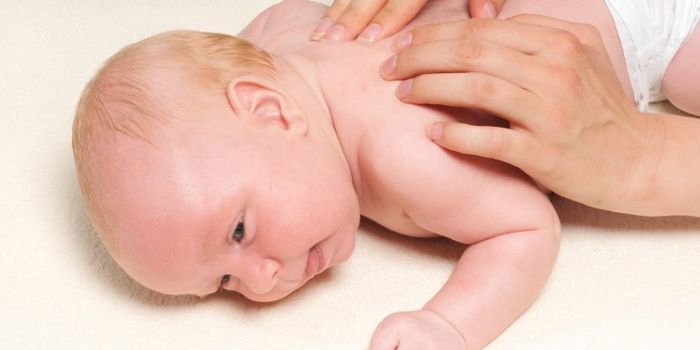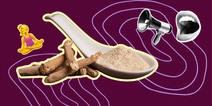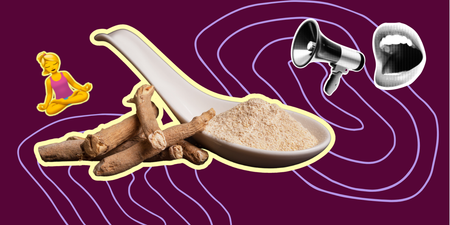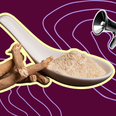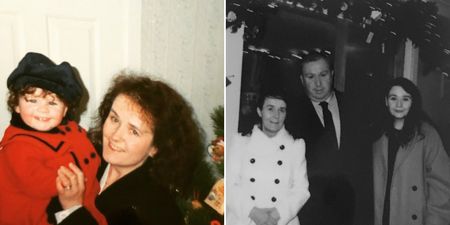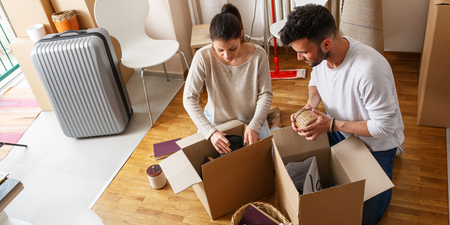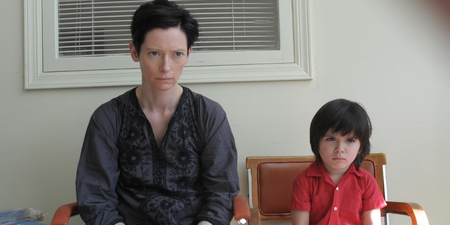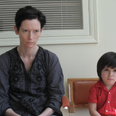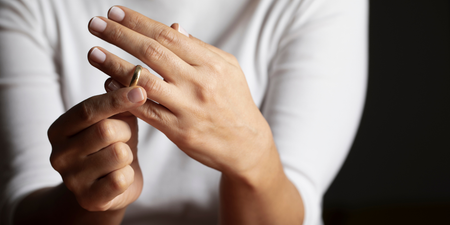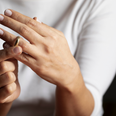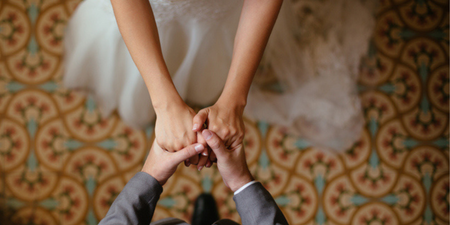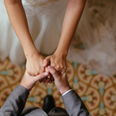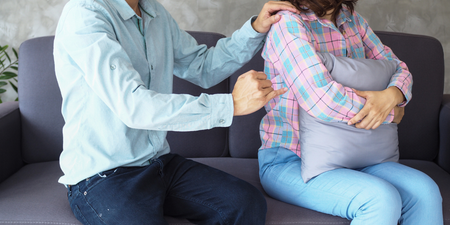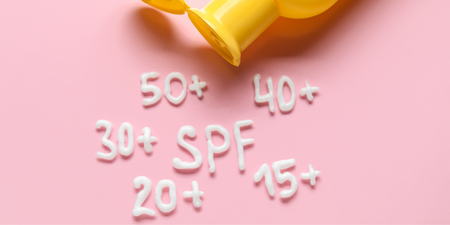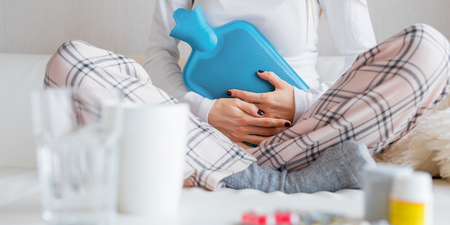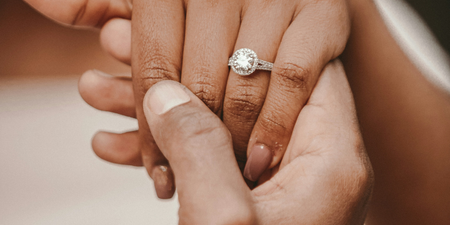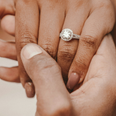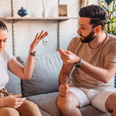Baby massage is a proven way to establish a relationship with your baby and infant massage can have numerous physical, psychological and emotional benefits including;
· Aids bonding process by encouraging interaction between you and baby
· Helps your baby relax
· Aids baby’s sleep patterns
· Positively affects infant hormones that control stress
· Reduces crying
· Relieves colic and wind
· Toddlers who are regularly massaged master major motor skills more easily
· Helps support weight gain
According to Hilary Hooks, founder of Active Mum baby massage classes, “Touch is one of the most significant and nurturing early experiences your baby will have. Nurturing touch has long-term benefits and can impact how we think, feel, and relate to others, and most importantly, how we value and care for ourselves. Infant massage greatly enhances the early bonding relationship between parents and caregivers and their babies. Learning massage also helps build parents’ confidence and trust in their parenting skills, she says, and it can help babies with sleep problems, teething pain and colic.”
Hilary Hooks’s Top Baby Massage Tips & Techniques:
1. Unlike adult massage, there is no kneading or pummelling. Movements are slow, soft and frequently circular. Establish eye contact and talk to your baby throughout.
2. Using oil will help reduce friction and make massage more soothing. Use a product that is gentle enough for baby’s skin. Bepanthen® Moisturiser has been specifically developed for babies and infants and is even suitable for newborns. First-pressed organic sunflower or olive oil is also perfect.
3. Massaging your baby too soon after a feeding might cause your baby to vomit — so wait at least 30 minutes after a feeding.
4. Start the upper body massage with your hands on your baby’s shoulders. Make gentle strokes in towards the chest.
5. Massage baby’s arms by stroking from the shoulders down towards the wrists.
6. If your baby’s tummy feels soft (not hard or full), massage his belly using circular, clockwise strokes. Babies’ tummies are sensitive, so if s/he gets unsettled, move on to the next step.
7. Use your fingertips to massage your baby’s face. Stroke from the middle of her forehead, down the outside of her face and in towards her cheeks.
8. If your baby is still relaxed once you’ve finished massaging the front of her body, you can turn her onto her tummy and use long, smooth strokes from head to toe.
9. Use respectful touch and stop the massage if your baby is not enjoying him/herself or is showing signs of discomfort. It’s also best to avoid a massage if you’re very tense, or if your baby is agitated or upset.
Tips courtesy of Bepanthen and www.activemum.ie.

